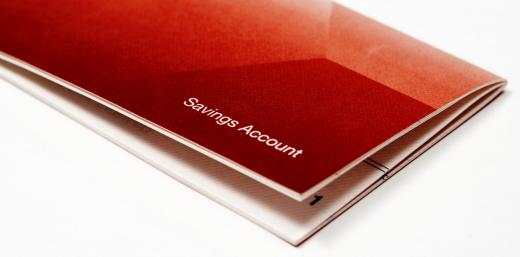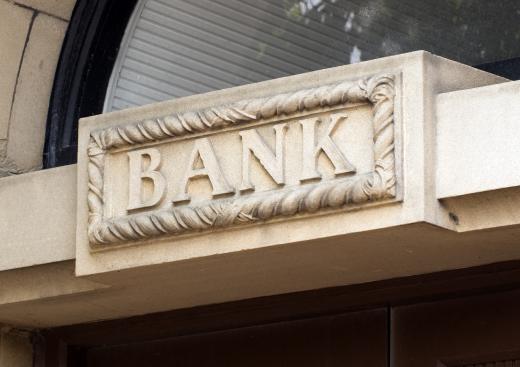Are Multiple Accounts at One Bank Insured up to FDIC Limits?
The Federal Deposit Insurance Corporation (FDIC) is an organization that guarantees certain types of bank accounts in the United States. Some investments such as mutual funds, stocks, and life insurance policies are not insured at all, and other investment accounts are covered based on a number of FDIC limits. These limits can get complicated, though the general rule of thumb is that the FDIC insures $250,000 US Dollars (USD) per insured banking institution and per account category. This means that an individual can have two or more fully insured accounts at one bank, so long as each one is a different type of account. Some of the basic account types covered by the FDIC include single, joint, revocable trust, and some retirement accounts, including Individual Retirement Accounts (IRAs).
For the purposes of determining FDIC limits, categories do not refer account types like checking, savings, and certificates of deposit (CDs). As far as the FDIC is concerned, a checking account and a savings account are functionally identical. Insurance coverage is instead determined based on ownership, with each person typically being allowed to have $250,000 USD worth of coverage across all individual accounts at one bank, regardless of whether they are savings, checking, or otherwise.

Each account category is typically considered separately when determining FDIC limits. One person can not have two individual accounts at one bank that are both worth $250,000 USD and expect them to be covered, though that same person could have an individual account, a joint account, be part of a trust, and seek coverage protection of $250,000 USD per account category. In the case of joint and trust accounts, each owner may be insured for $250,000 USD, allowing the account to be worth $500,000 USD or more.

Certain retirement accounts and revocable trusts may be subject to other restrictions, and FDIC limits may also be affected by an account having beneficiaries. While the basic principles behind FDIC limits are relatively simple, there are a number of exceptions and special cases. There are even certain types of non-interest bearing accounts that have no insurance limits at all.
Though it is possible to determine whether or not an investment is covered within the FDIC limits without outside help, it may be wise to retain the services of a financial planner. The FDIC also offers an automated service on their website to help determine whether an individual's accounts exceed the FDIC limits. Seeking outside help from a financial planner, accountant, or the FDIC itself can help insure that money is not accidentally left in uninsured accounts.
AS FEATURED ON:
AS FEATURED ON:












Discussion Comments
It is possible, but only if one of the accounts is a joint account with someone else.
If I have $200,000 in savings and $100,000 in checking at the same bank, are both accounts covered by the FDIC?
Post your comments